9 Incredible Abilities Dogs Have That Humans Don’t
Sure, humans are good at solving puzzles and making coffee, but dogs have their own set of skills, and they don’t need opposable thumbs to show off. Their senses work in ways we can’t fully grasp. These abilities are proof that dogs experience life on a different level.
Hearing Ultrasonic Frequencies

Credit: Getty Images
Dogs hear sounds as high as 65,000 Hz—well beyond the human range of 20,000 Hz. This is why they respond to dog whistles or bark at things that seem invisible. Their ability to detect high-pitched frequencies helps them pick up on rodent squeaks and even the hum of electronics.
Detecting Illness Through Smell
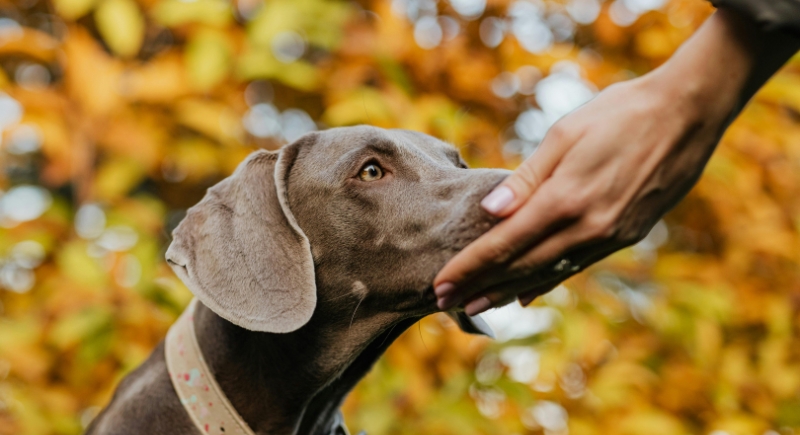
Credit: pexels
Certain illnesses—like cancer, diabetes, or infections—can change a person’s scent in ways too subtle for us to notice. But dogs can sniff it out. They’ve even been known to alert owners to low blood sugar or cancerous tumors before any tests do.
Seeing in Low Light

Credit: pexels
If you’ve ever tripped over furniture in a dim room, your dog likely breezed right past you. Thanks to a higher number of rod cells in their retinas—and a shiny layer behind the eye that reflects light—they see better in the dark than we do.
Picking Up on Emotional Changes
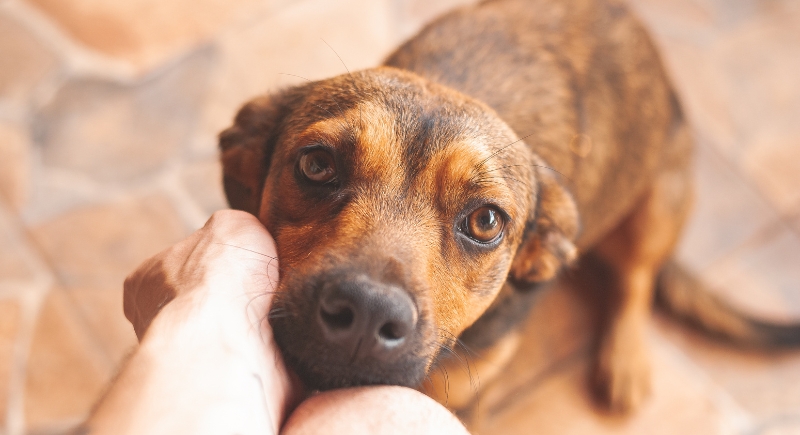
Credit: pexels
Dogs don’t need you to spell things out. They pick up on tension in your body, the way you move, even shifts in your scent. One glance and they know if you’re anxious or upset. They’ll curl up next to you or steer clear—whichever your vibe calls for.
Smelling in 3D
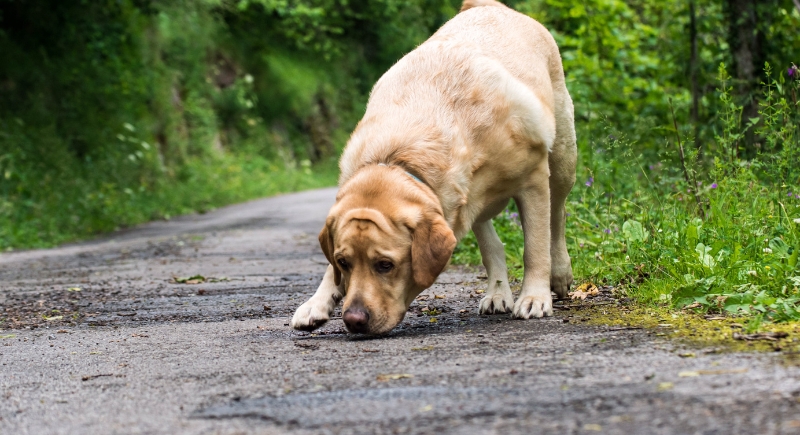
Credit: Getty Images
With over 300 million scent receptors, dogs smell in layers. They separate smells to identify individual components, like who was at the park hours ago and what snacks they had in their bag. Their nostrils even work independently to help pinpoint direction, almost like olfactory GPS.
Hearing Through Walls and Floors
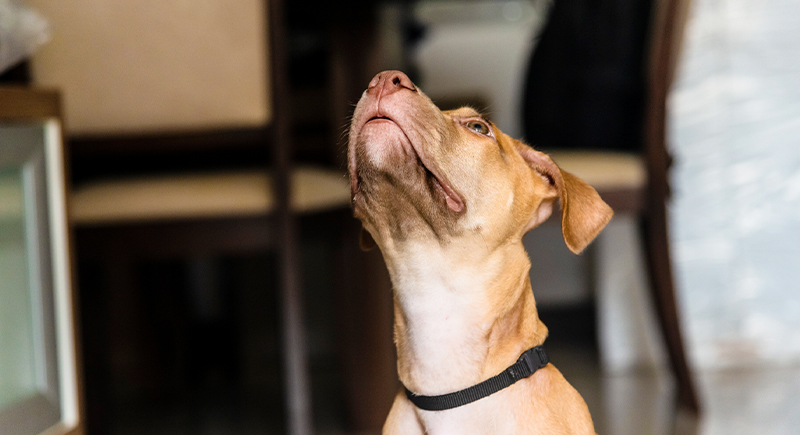
Credit: iStockphoto
If your dog stares at the wall or growls at the ceiling, they’re likely picking up on the scurry of mice, buzzing insects, or even pipes shifting in the walls. They detect quieter sounds at higher pitches and from greater distances.
Detecting Pregnancy

Credit: pexels
A growing belly isn’t the first thing dogs notice. It’s the change in hormones, the subtle shifts in body chemistry, and the altered routines. Some dogs get clingy, others extra watchful. They may not know what’s happening, but they definitely know something is.
Predicting Seizures
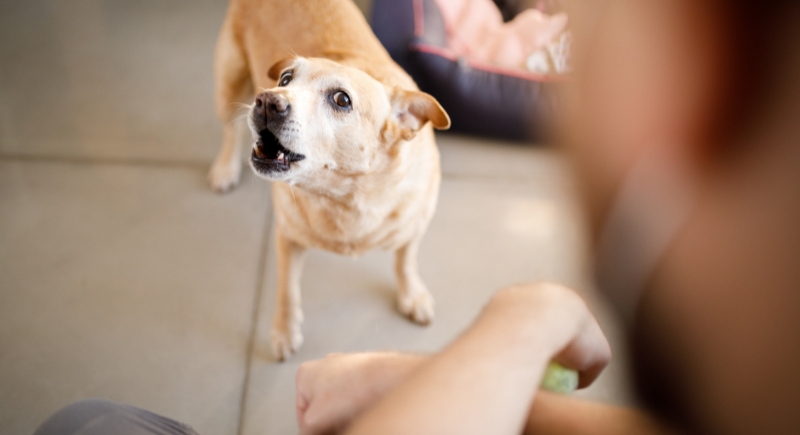
Credit: Getty Images
Even without training, some dogs alert their humans to oncoming seizures—sometimes minutes in advance. Scientists aren’t sure how they do it, but many owners believe dogs detect changes in muscle tension or behavior that signal an oncoming episode.
Spotting UV Light
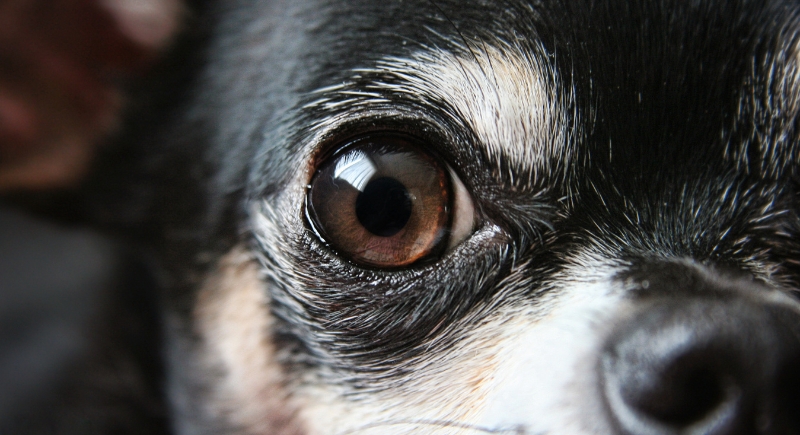
Credit: Canva
Dogs can detect ultraviolet light, a range that’s completely invisible to us. That means they might see markings, trails, or contrasts in surfaces we’re blind to. It helps them with tracking and navigating, especially in unfamiliar spaces.
Navigating with Scent Trails
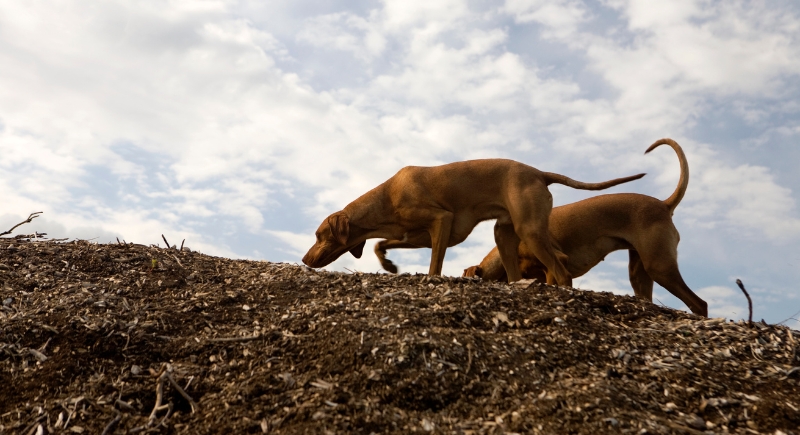
Credit: Getty Images
Your dog could sniff out your path even hours later. Their noses catch lingering scent particles left behind—even after rain, wind, or time try to erase them. It’s why tracking dogs can find missing people with nothing more than a sock or shirt to go on.
Sensing Weather Changes

Credit: pixabay
Long before the first thunderclap, dogs often sense a storm coming. Their fur helps them detect shifts in static electricity, and their ears pick up low rumbles in the distance. Some dogs become restless or anxious well before the weather changes.
Recognizing Routine by Sound Alone

Credit: Canva
They don’t wear watches, but they know exactly when you’re grabbing your keys or reaching for the leash. Dogs are audio pattern wizards. The creak of a cabinet door or even the rhythm of your breathing are tiny details that cue them into what’s about to happen.
Responding to Allergens
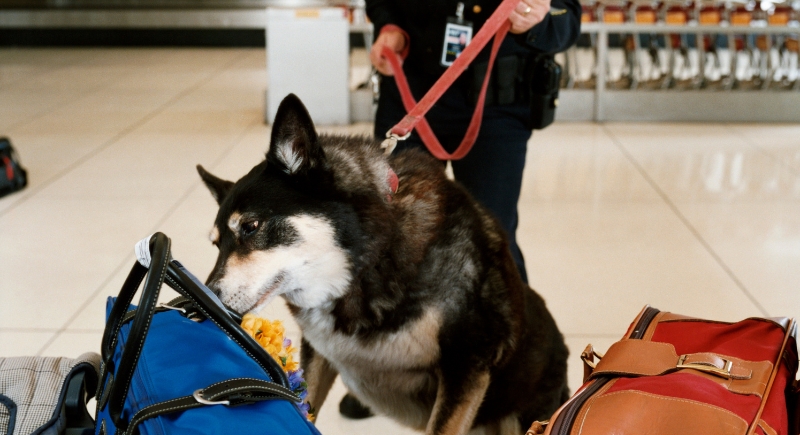
Credit: Canva
In kitchens, airports, and classrooms, trained dogs can detect microscopic traces of allergens like peanuts or gluten at levels so low they’d go completely unnoticed by people. One sniff from them can prevent a medical emergency. It’s a life-saving sniff that many can’t live without.
Seeing Flickers
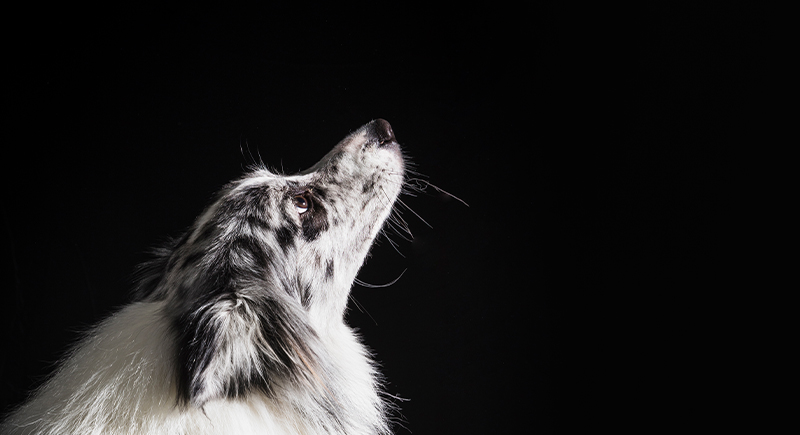
Credit: freepik
Old fluorescent lights may look stable to us, but they flicker at a rate that’s visible to dogs. Their eyes are more sensitive to rapid changes in light and motion, so what we think is a calm room may look like a disco strobe to them.
Sensing Fear in Strangers
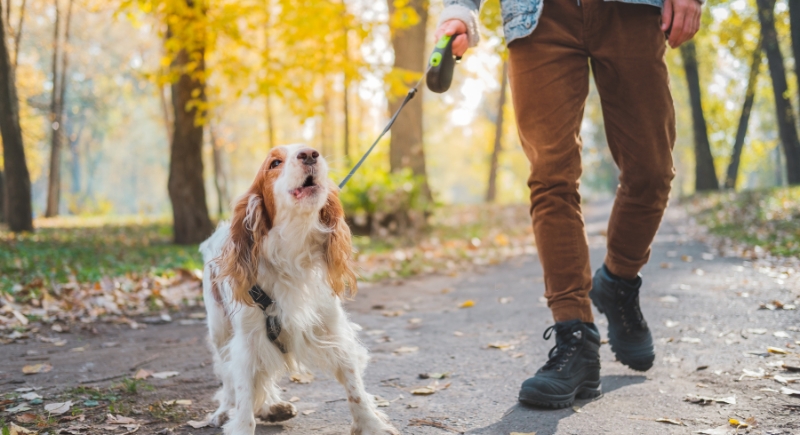
Credit: Canva
Dogs can detect fear through body language, heart rate, and scent changes. When people are anxious, their sweat chemistry shifts, and they can pick up on this. This sometimes makes dogs bark or act wary toward nervous strangers, especially if the person is trying too hard to “act normal.”